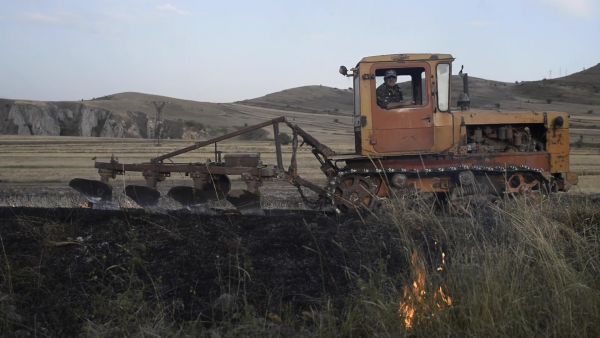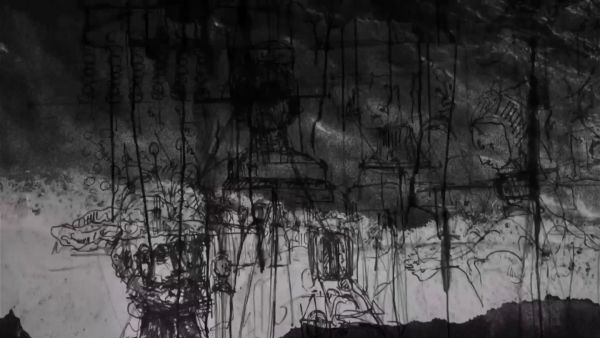A program by projektgruppe neue musik bremen
With the Artivism program, the pgnm would like to contribute to an exchange of international artists.
In the past the thematically oriented program of the pgnm focused not only on internal musical aspects, but also on contemporary aesthetics, philosophical and political issues.
This thematic focus is now to be extended by cooperation projects of composers/musicians and artists from other fields.
Each time one country will be selected, in order to create collaborations between composers and artists based in Germany and abroad.
The result of the collaboration will be not only a public presentation and performance, but also a virtual website conceived as a work of art in itself. It is desirable that all participants actively rethink their sociopolitical context while at the same time taking into account the autonomous nature of arts (however it is individually understood).
With the international character of these collaborations, the pgnm promotes an active involvement of the two parts, with the desire to (re)contextualize their own work and to bring it into a new context.
ARTIVISM 2022: Armenia - Germany/Switzerland
For the first time, the projektgruppe neue musik bremen presented its new focus ARTIVISM in the context of the 21st Biennale Aktuelle Musik from November 17th to 20th, 2022. Three visual artists from Armenia and three composers based in Germany/Switzerland presented their jointly created media works in an interactive online event, which were not limited to immanent visual-musical aspects, but also included contemporary philosophical and socio-political issues. Presentation of the joint works and discussion with the participating artists. Introduction + moderation: Simone Zoppellaro
Below you can find the artivism-media works of Gagik Ghazareh, Hannes Seidl, Piruza Khalapyan, Cedrik Fermont, Gohar Sargsyan and Anna Sowa as well as commentaries and biographies of the artists.
First Edition: Armenia
Introduction by Simone Zoppellaro
Between lights and shadows, no other place like Armenia tells us so significantly about the collapse of the Soviet system. Dramatic years that, in this small Caucasian republic, never seem to end, almost destined to repeat themselves every day, like a curse. What is certain is that no other country, among those born with the fall of the USSR, has paid more dramatically, from a social and economic point of view, for theconsequences of this change, the scars of which are to be found scattered almost everywhere: from the crumbling and increasingly emptied cities, to the bent and suffering bodies of the elderly, who found themselvesovernight deprived of adequate medical care in what was once considered a place at the forefront of Soviet industrialization.
A painful, unfinished transition, which occurred in tragic conjunction with two other events whose effects are still clearly visible: the 1988 Spitakearthquake, in which 25,000 people lost their lives, and the outbreak of the ongoing conflict with Azerbaijan for control of the Nagorno-Karabakh region, the most forgotten of the wars of our time. And yet, today’s
Armenia - although hidden at first glance - has surprising modernity traits, which project the capital Yerevan, thanks also to the contribution of the diaspora, into a cosmopolitan and culturally and technologically competitive dimension.
This is in spite of the precariousness of an isolated state, with two impassable borders for over two decades, due to the blockade imposed by Turkey and Azerbaijan, amidst ancient specters (the 1915 genocide, an unresolved knot with Ankara) and a race to rearmament that makes Armenia one of the world’s leading countries in the ratio of military expenditure
to GDP. A nation that seems - yesterday as today - always on the verge of collapse, only to be reborn, an eternal phoenix.
Throughout its long history, the bond of what has been a stateless nation for centuries has been its culture. “Kingdom of screaming stones” in the definition of Russian poet Osip Mandelstam, the landscape of historic Armenia is dotted with ancient architecture and sculptures that in their essentiality express their perfect interaction with nature. Monasteries and stone crosses often engraved with texts in the Armenian language, in its
unique alphabet - another fundamental element of unity for a people of merchants and travellers, in diaspora for many centuries. But also music - composers such as Komitas and Aram Khachaturian -, cinema - see Sergei Parajanov and Artavazd Peleshyan - and painting and the visual arts in general have shown uninterrupted vitality to this day. Just think of the
Armenian Pavilion’s victory in the 2015 Venice Biennale. A richness that emerges, together with the wounds of war, which have exploded with unprecedented violence in recent years, in the works that will now be presented to you.


